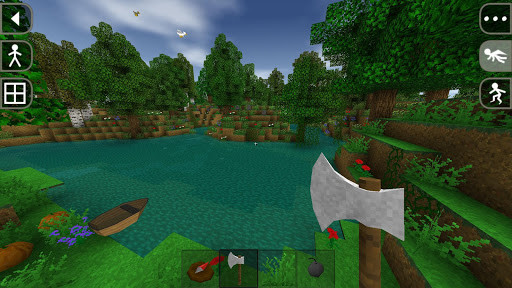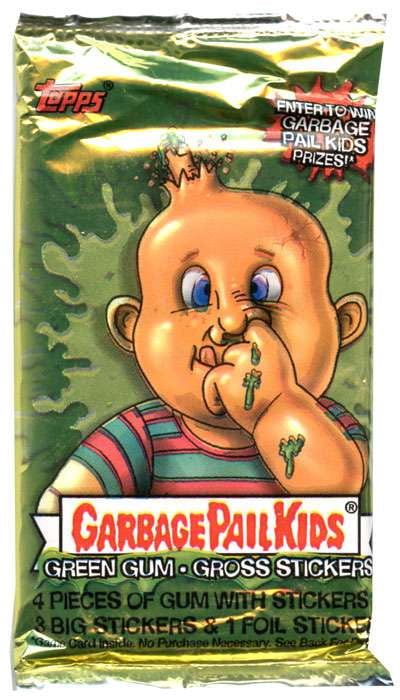


UObjects and UProperties are understood by the Editor, and the Editor can expose these values automatically for editing without the need to write special code. Enemy_3's Health will remain at 500 because it wasn't using the old default value.
#Garbage day game demo safe download free update#
When you next load your level, Unreal will realize you have changed the CDO and will update all instances of AEnemy with the old default Health value (100) to have a Health value of 150. Now imagine you changed your mind and increased the default value of Health to 150. Let us also assume you set the health for Enemy_3 to 500, because they are particularly tough. If the variable has any other value, the assumption is that the value was set intentionally, and those changes will be preserved.Īs an example, let us say you saved a level with several of your AEnemy Objects placed in it, and you had set the default Health value in the AEnemy constructor to 100. For a given Object instance, if the updated variable's value matches the value in the old CDO, it will be updated to the value it holds in the new CDO. When the Class Default Object (or CDO) of a UClass has changed, the engine will try to apply those changes to all instances of the class when they are loaded. This can be useful to detect data errors, check version numbers, or perform automatic conversions or updates if the data format has changed. If custom behavior is required, the UObject::Serialize function can be overridden. New properties get default values copied from the new CDO. When UProperties are added or removed, loading pre-existing content is handled seamlessly.
#Garbage day game demo safe download free code#
For example, you could place an AEnemy instance in a level, set its Health to 500, save it and successfully reload it without writing a single line of code beyond the UClass definition. When a UObject is serialized, all UProperty values are automatically written or read unless explicitly marked as "transient" or unchanged from the post-constructor default value. As a result, all code operating on UObjects which are assets must handle these pointers becoming null. This is a "weak" pointer, meaning it will not prevent garbage collection, but it can be queried for validity before being accessed and will be set to null if the Object it points to is destroyed.Īnother case where a referenced UObject UProperty will be automatically null'ed is when using 'Force Delete' on an asset in the editor. If you want an Object pointer that is not a UProperty, consider using TWeakObjectPtr. Note this does not mean that all UObject* variables must be UProperties. An Object reference stored in a raw pointer will be unknown to the Unreal Engine, and will not be automatically nulled, nor will it prevent garbage collection.

It is important to realize that this feature applies only to UActorComponent or AActor references marked with UPROPERTY or stored in an Unreal Engine container class. The ultimate advantage of this is that null-checking is more reliable, as it detects both standard-case null pointers and cases where a non-null pointer would have been pointing at deleted memory. This is beneficial in that it prevents dangling pointers from persisting and causing trouble down the road, but it also means that AActor and UActorComponent pointers can become null if some other piece of code destroys them. When an AActor or UActorComponent is destroyed or otherwise removed from play, all references to it that are visible to the reflection system ( UProperty pointers and pointers stored in Unreal Engine container classes such as TArray) are automatically nulled. Members can subsequently be initialized with custom values in the class constructor. This happens for the whole class, UProperties and native members alike.

UObjects are automatically zeroed on initialization, before the constructor is called. This gives Unreal Engine access to them, which allows for a number of under-the-hood handling features to be implemented. Marking classes, properties, and functions with the appropriate macros turns them into UClasses, UProperties, and UFunctions.


 0 kommentar(er)
0 kommentar(er)
